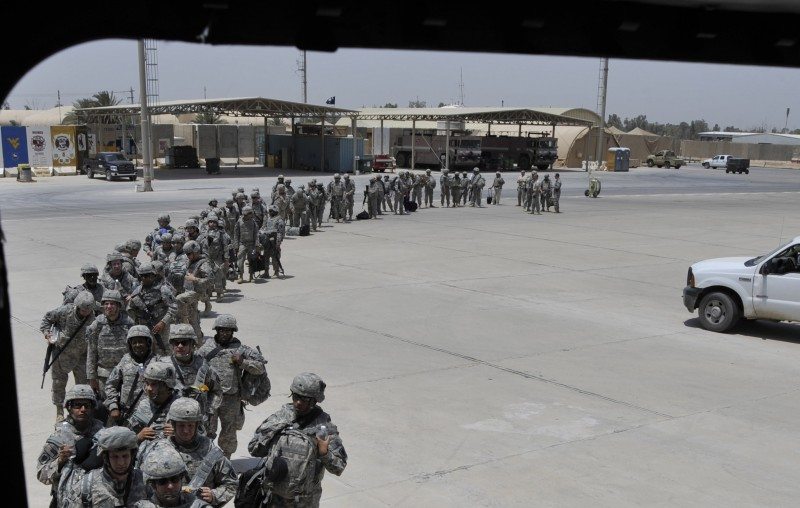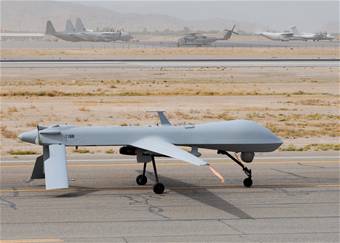With 100,000 U.S. forces already gone from Iraq since January 2009 and more to follow, the Defense Department is working to ensure a successful transition to a State Department-led U.S. presence there, senior DOD officials told Congress today.
Alexander Vershbow, assistant secretary of defense for international security affairs, and Alan F. Estevez, assistant secretary of defense for logistics and materiel readiness, reported on the transition during a House Oversight and Government Reform subcommittee hearing.
They joined Ambassador Patrick Kennedy, undersecretary of state for management, in outlining two critical aspects of the transition.
This involves the withdrawal of U.S. forces by Dec. 31, in accordance with the 2008 U.S.-Iraq security agreement, and the standup of the Office of Security Cooperation Iraq that will form the cornerstone of the U.S.-Iraqi strategic security partnership.
Vershbow and Estevez emphasized in their prepared remarks the importance that Iraq emerge from Operation New Dawn as a sovereign, stable and self-reliant nation and strategic partner to the United States.
“We believe that an enduring partnership with the Iraqi government and people is in America’s interest,” they said. “At a time of unprecedented change in the Middle East, we must stay focused on Iraq in order to advance our broader regional objectives of peace, prosperity and security.”
A relationship with the Iraqi security forces will be an important part of that partnership, they said.
The Iraqi political leadership has expressed interest in an ongoing, post-2011 training relationship with the United States, Vershbow and Estevez reported.
Discussions are under way with the Iraqi government about the nature and scope of that relationship, but “no final decisions have been made,” they said.
Part of the discussion involves the Iraqi leadership’s view, stated Oct. 4, that they see “no need to grant immunity to trainers.”
“We are talking to the Iraqis about what this means specifically in terms of our security cooperation under the strategic framework agreement,” Vershbow and Estevez told the panel.
As discussions continue, the United States is honoring its commitments under the 2008 security agreement by drawing down its forces in a “careful and responsible” way, they reported.
This approach “has allowed the Iraqis to build up their security forces and improve their capacity,” they said.
As of Oct. 1, roughly 43,500 U.S. service members remain in Iraq, Vershbow and Estevez told the panel. That’s down from 144,000 in January 2009.
Meanwhile, the logistical drawdown is on track, and in some cases, ahead of schedule, they reported.
A senior executive steering committee is working with the U.S. Embassy in Baghdad, U.S. Forces Iraq and key players in Washington to coordinate and synchronize the materiel and support aspects of the transition.
“Although there has been excellent progress in both drawing down U.S. forces in Iraq and providing support to the Department of State, challenges exist and more still needs to be done,” Vershbow and Estevez said.
“We will continue to coordinate closely with the State Department to address these challenges and any other issues that might arise over the coming months as we continue to draw down forces responsibly, reallocate or redeploy equipment and dispose of material appropriately,” they said.
Central to all transition plans is the importance of preserving tremendous U.S. investments in blood and money already made in Iraq, they said.
“We are now at the point where the strategic dividends of our sacrifice are within reach, as long as we take the proper steps to consolidate them,” Vershbow and Estevez told the panel.











